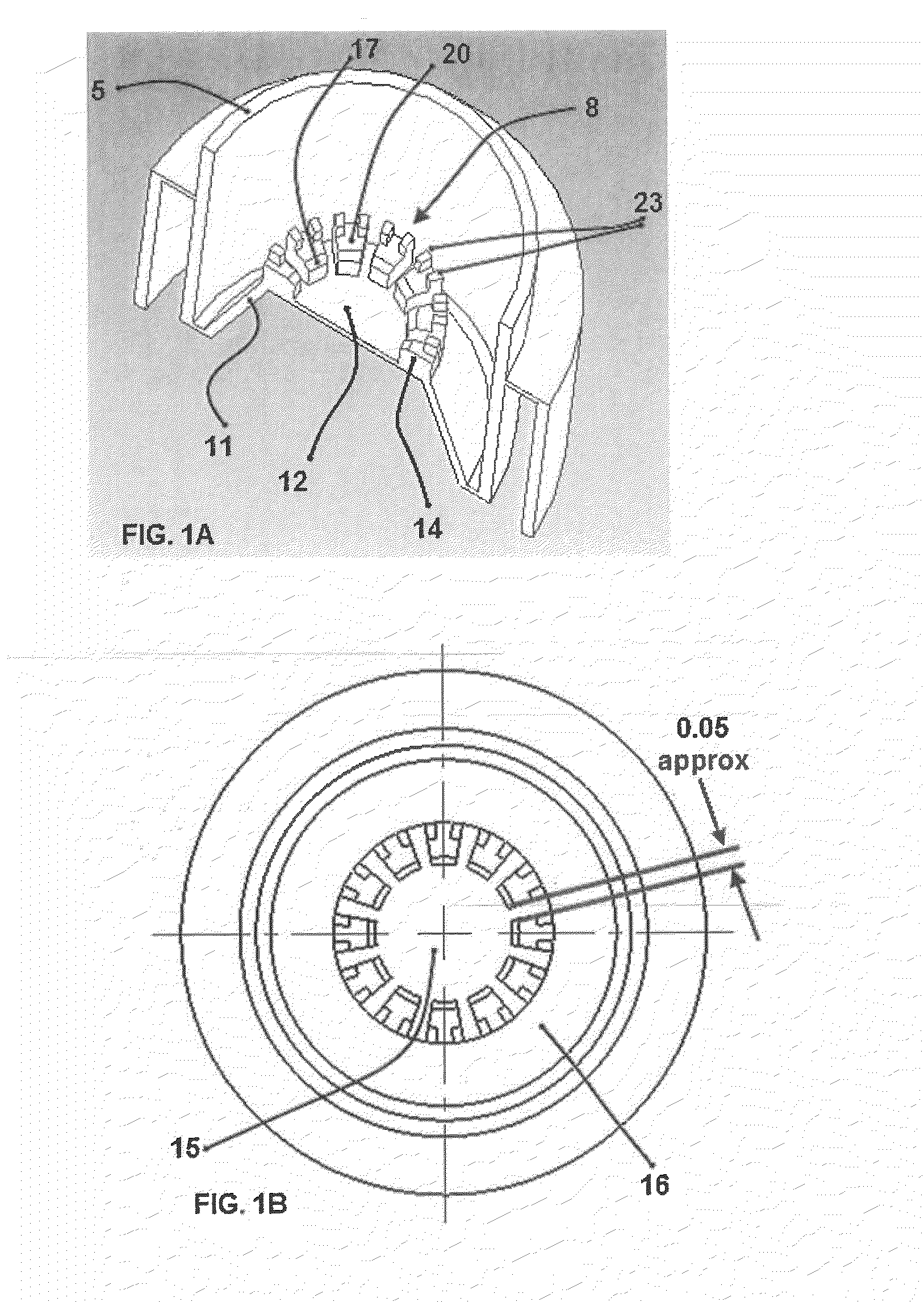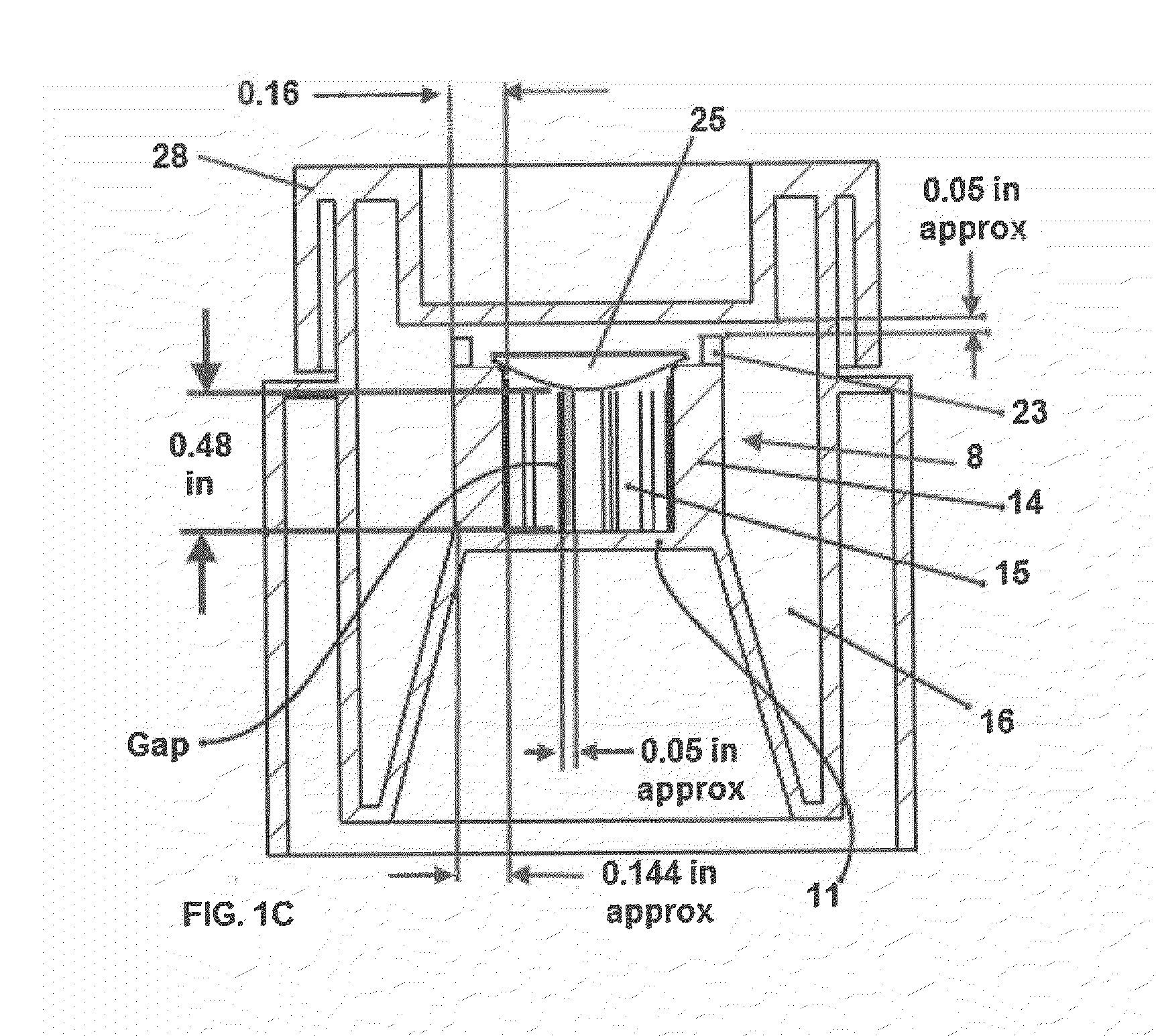Cornea storage container to optimize cornea health
- Summary
- Abstract
- Description
- Claims
- Application Information
AI Technical Summary
Benefits of technology
Problems solved by technology
Method used
Image
Examples
example 1
The Effect of Altering Cornea Container Geometry on Corneal Health as Determined by Quantitative Specular Microscope Analysis
[0069]The aim of quantitative specular microscopic analysis is to assign values to endothelial cells that can provide a measure of their functional status or health of the human cornea. One of the parameters of quantitative specular microscopic analysis is determining the shape of the corneal endothelial cell. In a perfect cornea, endothelial cells demonstrate a perfect 6-sided hexagonal cell. This 6-sided configuration allows for the cell to function optimally. The normal human corneal endothelium is a monolayer of uniformly sized cells with a predominately hexagonal shape. Human corneal endothelial cells that demonstrate great variability in shape or hexagonality are considered to be under physiological stress and abnormal. Corneas that exhibit increased swelling during storage are also considered to be under physiological stress.
[0070]Maintenance of corneal...
example 2
[0079]The ability for dye to disperse within a cornea container of the present invention, constructed as described in Example 1, was compared to that of an Independent Corneal Viewing Chamber™. Cornea container devices resided upon a stationary surface with their lids removed and the container base of each device was filled with water. Then, trypan blue was dispensed into each device in proximity of the center of corneal basket in the area where the cornea would reside. Photographs were taken. The photograph of FIG. 12 shows a typical example of the pattern of trypan blue dye dispersion in each apparatus. As clearly shown in FIG. 12, trypan blue easily dispersed throughout cornea container 300 (i.e. the apparatus of the present invention). To the contrary, the majority of trypan blue remained trapped in the corneal basket of Independent Corneal Viewing Chamber™301, with a relatively small amount moving into the surrounding liquid in a poorly distributed pattern forced by the small g...
PUM
 Login to view more
Login to view more Abstract
Description
Claims
Application Information
 Login to view more
Login to view more - R&D Engineer
- R&D Manager
- IP Professional
- Industry Leading Data Capabilities
- Powerful AI technology
- Patent DNA Extraction
Browse by: Latest US Patents, China's latest patents, Technical Efficacy Thesaurus, Application Domain, Technology Topic.
© 2024 PatSnap. All rights reserved.Legal|Privacy policy|Modern Slavery Act Transparency Statement|Sitemap



